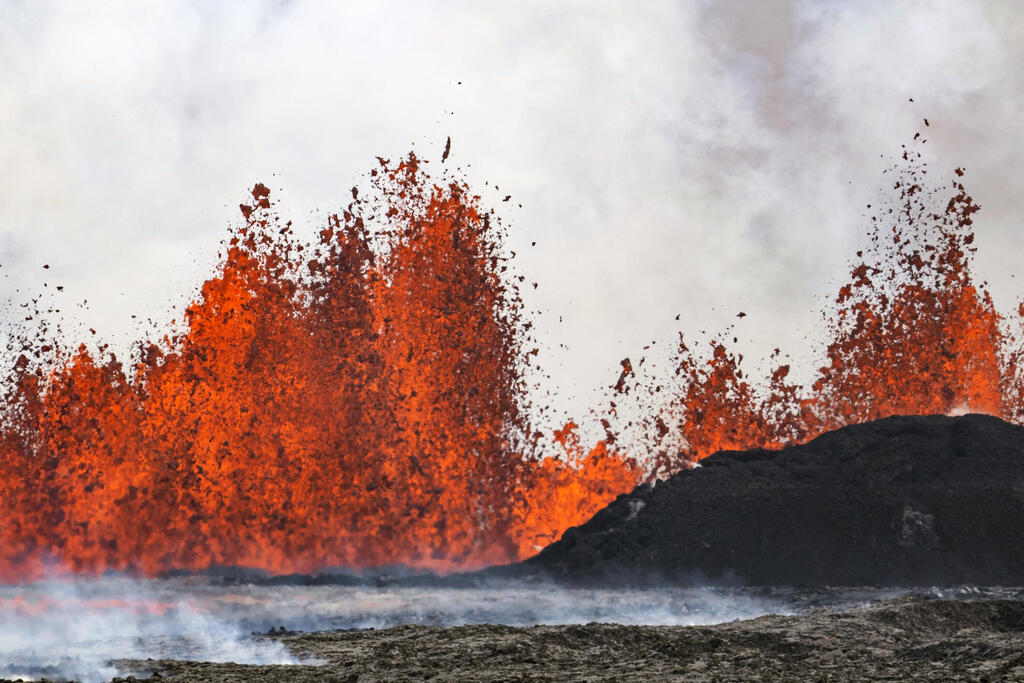Getting your Trinity Audio player ready...
Scientists from UC San Diego's Scripps Institution of Oceanography and other institutions discovered geochemical signatures indicating massive pooling of magma beneath the subsurface at the beginning of the 2021 "Fagradalsfjall Fires" eruption in Iceland, contrary to initial assumptions of direct mantle ascent.
Using osmium isotopes, the researchers identified crustal contamination in the earliest lavas, suggesting crust interaction triggered the eruption, while later lavas followed pre-existing pathways to the surface.
The study, published in the journal Nature, revealed that the magma feeding the recent lava flows on the Reykjanes Peninsula comes from underground melting of the Earth's crust due to the 'Fagradalsfjall fires.'
Iceland's Meteorological Office has warned of an imminent volcanic eruption "in the coming days" on the Reykjanes peninsula, which would be the eighth eruption since March 2021, indicating an increased frequency of volcanic activity described as the most intense affecting an urban environment.
Basaltic lava studies from recent eruptions in Iceland, the Canary Islands, and Hawai'i suggest common magma pooling processes before large basaltic eruptions, crucial for predicting future volcanic hazards.
Iceland's recent volcanic episode on the Reykjanes peninsula is expected to last for centuries, with magma pooling just beneath the surface and feeding ongoing eruptions.
The study was funded by the National Science Foundation of the U.S., the Swedish Research Council, and the European Research Council Synergy Grant RottnRock.
This article was written in collaboration with Generative AI news company Alchemiq
Sources: Newser, SciTechDaily, The New York Times, Mirage News, Scienmag, Phys.org, Avhandlingar.se.


